An allergy is a particular sensitivity of the organism to various substances such as chemicals, human or animal protein, pharmaceuticals, plants, grass pollen and food. The organism forms antibodies against substances (antigens) that penetrate into the blood on the respiratory tract, through the skin and mucous membranes or when eating.
causes

Repeated exposure to substances to which the body is sensitized through antibody formation theoretically results in a reaction between the antigen and the antibody. Certain substances, including histamine, are released, the effects of which lead to general reactions in the organism:
For example itchy skin wheals, eczema, bronchial spasms, increased secretion of mucus, temperature increases and circulatory symptoms, the intensity of which can increase to a total collapse of the circulatory function.
The frequency of such diseases can, in the broadest sense, depend on the constitution of the human body. There are families in which the tendency to allergic diseases such as eczema, bronchial asthma, hay fever and others is widespread due to the particular permeability of the mucous membranes. In such cases, attempts must already be made in childhood to achieve a change in the reaction situation of the organism, i.e. the disposition to allergies, through systematic drug therapy, climate treatment and other physiotherapeutic measures.
Frequent exposure to certain substances or substances can ultimately lead to an allergy; think especially of jobs in the chemical industry. The hypersensitivity to such allergens (i.e. substances that trigger allergic clinical pictures) can go so far that they can still trigger allergic symptoms even at a dilution of 1: 1,000,000. The principle of allergy tests is based on this, in which high dilutions of substances that may cause an allergy are introduced into the skin.
Careful familiarization with such dilutions, the concentration of which is gradually increased, can make the person in question insensitive to these substances. Such a process is called desensitization. All these connections were already explained in detail after the first investigations by Richet, who in 1902 for the first time observed the regularity of allergic reactions in animal experiments on the occurrence of shock states. Both in animal experiments and in humans, however, it has been observed that the occurrence and course of allergic reactions can be different when the allergen exposure is the same.
The symptoms of hay fever, which has existed for years, can worsen significantly under the influence of professional and private conflicts. But the opposite can also occur, as we observed, for example, in a patient whose symptoms of hay fever disappeared completely for some time during a death in the family. Here, the influence of central nervous excitations on blood vessel permeability, on the allergic reaction and possibly also on the formation of antibodies is evident.
Examples
Under certain conditions, allergy sufferers also experience physical sensations that are similar to those of allergic reactions and in which no allergen can be detected, yes, in which an involvement of the allergen can be safely ruled out. There is a real allergy to certain substances, but this can also be faked by other factors. The following examples are:
A girl has a food allergy to strawberries, which manifests itself in itchy red skin wheals. For this reason, the doctor has forbidden her to eat these tasty fruits. When visiting friends, she has to watch a strawberry meal with whipped cream, much to her chagrin. And yet, towards the end of the meal, she already feels itchy, and the same skin wheals develop as after a real consumption of the fruit.
In this case, one could also assume that the strawberry smell caused an allergy, as we know that even minimal amounts of the allergen can cause a pronounced allergic appearance. To check this, we put the patient, who was interested in clarification, into hypnosis and suggested that she eat a strawberry. She happily picked up the fruits in her mind. After a short time, the same skin symptoms appeared as after a real consumption of strawberries.
The triggering of an asthma attack as an expression of hypersensitivity to bed feathers or molds in bed feathers can also occur with the same intensity with all symptoms of bronchial spasm and increased mucus secretion if the touch of fungal bed feathers is only pretended to be. The best known example, however, is the following much-cited example: A patient who reacted to the smell of roses with an asthma attack had a violent attack when he smelled paper roses. From our examples it becomes clear that in addition to a real allergy, other factors also trigger the triggering of an allergic attack, namely nerve reflexes that develop more and more as the disease lasts longer.
In such patients it is a question of the development of the "conditioned reflexes" described by Pavlov, but here too pathologically conditioned reactions that are triggered solely by imagination, i.e. via the central nervous system, such as salivation at the mere thought of a tasty food.
However, the influence of the central nervous system on the course of allergic reactions is made even more complicated by the inclusion of other factors, as explained above using the example of hay fever. This applies to both bronchial asthma and allergic skin symptoms. Eczema can completely disappear in a state of mental relaxation.
In addition to the existing physical changes, the psychological attitude to the suffering, especially in connection with the triggering of the individual attack, also plays a major role. Even the fear of the seizure is likely to cause the seizure disorder. The repeated experience of an asthma attack at home can also significantly increase the tendency to a real attack, especially in children. In periods of mental and physical exhaustion, an accumulation of seizures can also occur, while a balanced mood at the holiday destination or joyful excitement can act like "asthma medicine".
Symptoms, ailments & signs
The symptoms and complaints of an allergy can be very different and also depend very much on the respective allergy. In the worst case, an allergy can also lead to shock, whereby treatment in a hospital is imperative. Most people who have an allergy suffer from itching and reddened skin.
The itching increases when the person scratches. Swelling or breathing difficulties can also occur as a result of the allergy and have a very negative effect on the patient's quality of life. Often the breathing difficulties are so severe that there is a loss of consciousness. Swelling can lead to restrictions in movement.
Furthermore, red and itchy eyes often occur, which can also cause tears. The symptoms increase if the allergen is continued to be taken or inhaled. When the allergen is removed, the symptoms usually go away on their own. An allergy can also lead to discomfort in the stomach or stomach. Many people affected also suffer from diarrhea or vomiting. It can also lead to a racing heart. Those affected often have a runny nose and severe headaches, with frequent sneezing.
Complications
Allergies have a significant impact on the nervous system and can cause a number of complications. With type I, the immediate type allergy, there is a risk of an immediate allergic reaction. Such an anaphylactic shock is accompanied, among other things, by a sharp drop in blood pressure, nausea and vomiting as well as asthmatic complaints and can subsequently lead to fainting or even death of the person concerned.
An allergic rhinitis can lead to the development of allergic bronchial asthma, which is associated with coughing, shortness of breath and the resulting anxiety.Type II, the cytotoxic allergy, can lead to immune diseases, circulatory problems and, as a result of cell destruction, anemia. Type II, the immune complex reaction, can lead to inflammation in the joints and organs over the course of a few days.
This can lead to vascular inflammation and organ damage. Typical secondary diseases are serum sickness and the bird keeper's lung. Type IV, the late-type allergy, causes similar complications. There is also an increased risk of severe rashes, diseases of the nervous system and the development of new allergies, which can worsen as the disease progresses. Regardless of the type, the actual allergy leads to a variety of complications.
When should you go to the doctor?
If an allergy occurs for the first time, a doctor should clarify the exact cause. The doctor can diagnose the allergen using an allergy test and suggest suitable treatment options. Most allergies can be treated well with allergy medication and avoidance of the triggering substance.
If the symptoms persist, a doctor must check whether other therapy methods or preparations are more suitable. In the event of acute symptoms that last longer than two to three days or get worse during the day, you should see a doctor immediately.
This is especially true for children and people with weakened immune systems. Pregnant women and patients with previous diseases of the nervous system should consult a doctor regularly if they have an allergy. In the event of a severe allergic reaction (anaphylactic shock), an emergency doctor must be consulted.
At the same time, first aid measures must be provided. After the initial treatment, the allergy must be diagnosed and, if necessary, the medication adjusted. Occupational allergies require rapid clarification due to the accident risk alone. The treatment can be carried out at the expense of the statutory accident insurance.
Doctors & therapists in your area
Treatment & Therapy
From the scientifically researched connections between the cerebrum, the vegetative switching points in the diencephalon, and the triggering of allergic reactions, essential conclusions for the prevention and treatment of allergic diseases could be drawn.
Even if the doctor cannot do without antiallergic drugs, antiasthmatics or adrenal hormone preparations in many cases, he will always consider the influence of central nervous regulations that can change the vascular permeability or constrict the bronchi like spasms.
By eliminating harmful psychological influences, it may be possible to prevent emotional and physical stress, fear and shortness of breath from being the final impetus for triggering an asthma attack. The knowledge of these physical and emotional connections relieves the person concerned of the fear of the attack and thus often saves them from the attack itself.
Similar prophylactic educational methods have made it possible for us to relieve pregnant women of fear of childbirth and thus bring about pain relief during the birth process.
This prophylaxis should also be combined with physical relaxation through breathing exercises and therapeutic gymnastics. If necessary, patients can learn self-relaxation exercises. Such exercises can also be carried out successfully in groups. Children of parents suffering from asthma should be given relaxation gymnastics as a prophylactic measure at an early age, so that they do not copy the complaints of the sick father or the suffering mother and accept them as "exemplary".
The mechanism of development and the course of allergic diseases clearly show us the close connection and the mutual influence of an overly sensitive defense mechanism with the respective state of excitation and the regulatory processes in the central nervous system. Most of those suffering from allergies are still ignorant of the interrelationships and, therefore, not infrequently they do not understand the recommendations of the treating doctor.
Some patients simply do not understand why they are not prescribed medication, even if this measure is completely correct from a medical point of view. Perhaps he is looking for another doctor who, out of ignorance about his overall disease picture, sends him to the pharmacy with a prescription and thus acts more badly than right.
Outlook & forecast
An allergy can have a very negative impact on the life of the person affected. As a rule, this significantly restricts the patient's everyday life. Contact or ingestion of the allergen often leads to shortness of breath, rashes or other complaints. In many cases the complaints and symptoms are relatively different and vary for each patient.
If contact with the allergens is not avoided, the internal organs and vessels can also be damaged, resulting in a significantly reduced life expectancy for those affected.
Direct treatment of an allergy is usually not possible. With the help of medication, the complaints and symptoms can be limited in some cases. It is also possible to sensitize the person concerned. If the patient avoids contact with the allergen and otherwise does not expose himself to any particular dangers from the allergy, there is generally no reduction in life expectancy.
Aftercare
In the case of complaints or diseases that affect an allergy and the nervous system, follow-up care measures are in most cases severely limited, with the person affected primarily relying on early detection and further treatment of these symptoms.
The further course and the exact possible measures of a follow-up depend very much on the exact illness, so that no general prediction can be made. In most cases, such illnesses or complaints do not reduce the life expectancy of those affected if they are recognized and treated early on.
The person affected should primarily avoid the triggering substances or substances and foods that are responsible for the allergy. Alternative substances can be used. If it is a question of drugs, a drug can be discontinued or replaced by another after consultation with a doctor.
It is not uncommon for drugs to be taken that can significantly alleviate or completely eliminate the symptoms of an allergy. Such drugs should be taken regularly and in the correct dosage. Contact with other affected persons can also be useful, as this often leads to an exchange of information.
You can do that yourself
If you know your body and the substances that cause allergic reactions, you have to avoid them. To a limited extent, however, the nervous system can also be supported and strengthened in such a way that the allergies do not appear at all or only slightly. This includes taking high-dose calcium tablets or beta-carotene for sun allergies.
The way in which the central nervous system is partly responsible for allergic reactions can be seen in stressful situations. Then there are sudden reflexes, also known as "nervous reactions". Then it applies that stress is largely avoided and more frequent rest periods are used. Stress at work often manifests itself in the form of itchy rashes to asthma attacks. Then it is not an allergen that is the trigger, but the overload at work or in the family.
In his test with dogs, Pavlov showed how certain ideas trigger a reflex in the central nervous system. In his dogs, it was the flow of saliva that was associated with certain sounds. This is also the case with allergies that manifest themselves in connection with the nervous system. People who have suffered from hay fever or itching for many years could therefore also be cured if, for example, they change jobs.


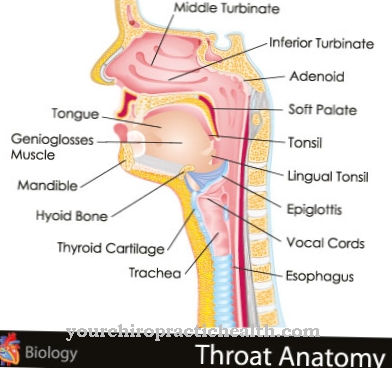
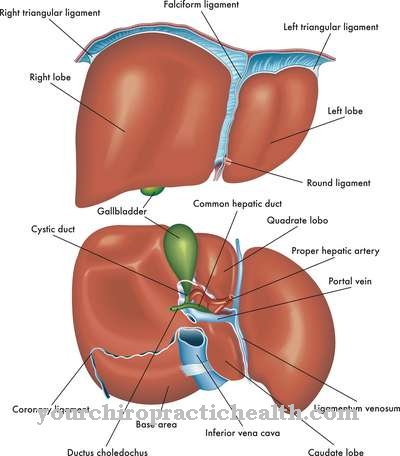

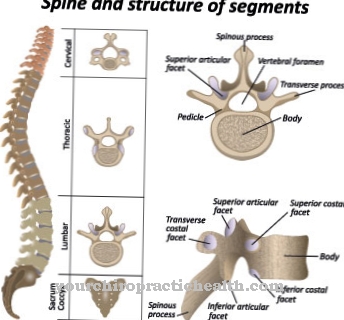



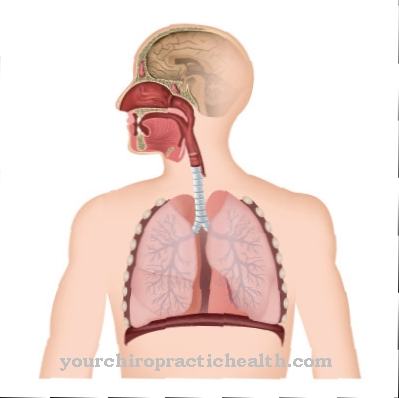



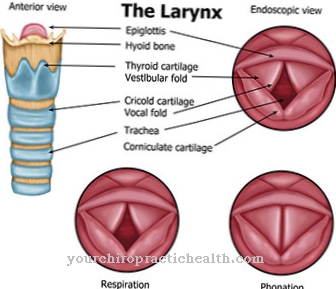

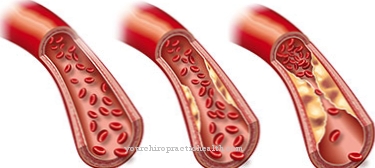

.jpg)


.jpg)

.jpg)
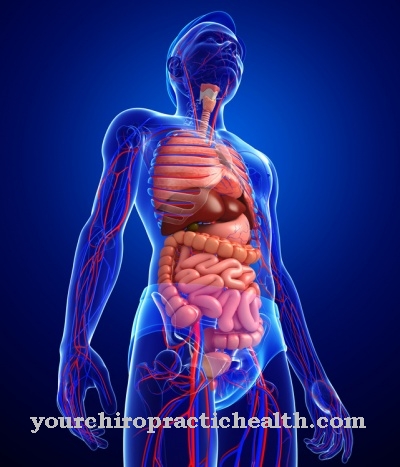


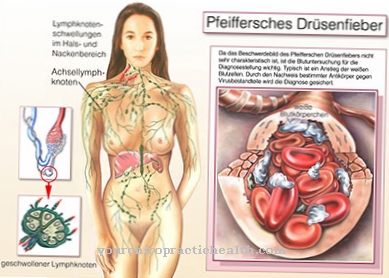
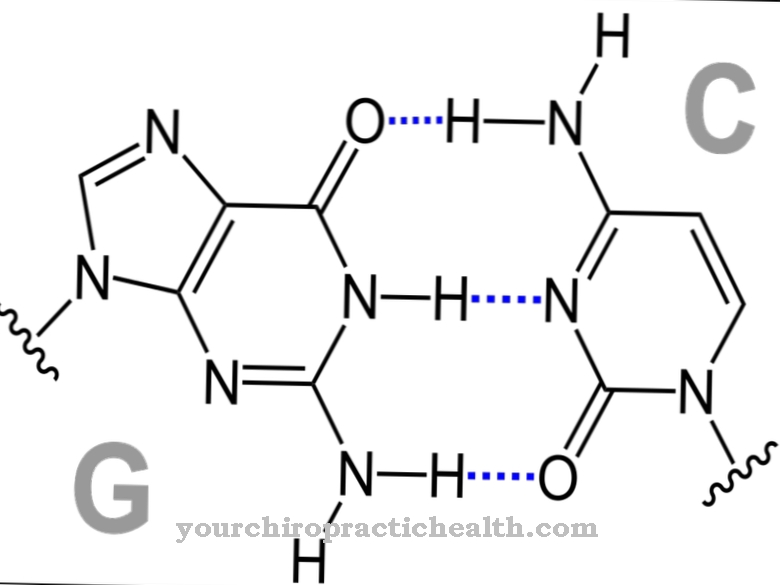
.jpg)